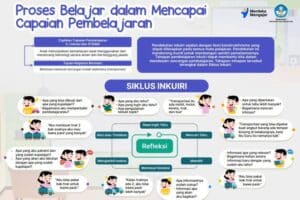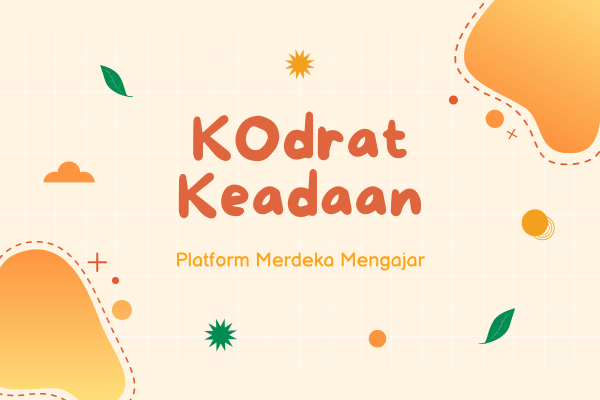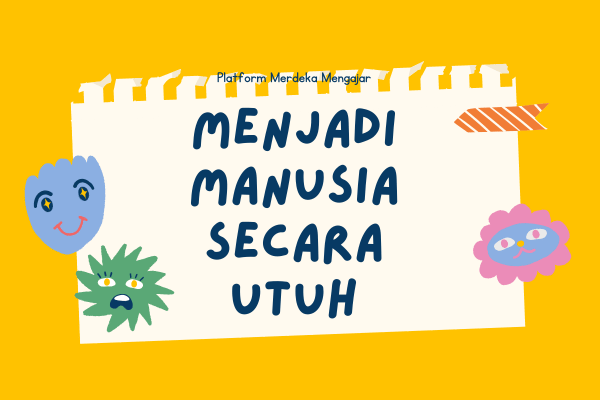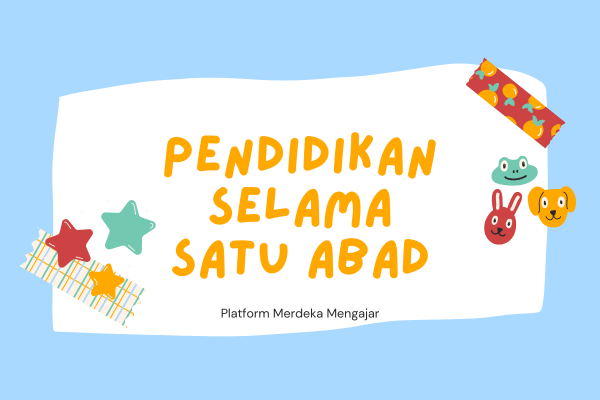Learning Process in Achieving Learning Achievements

How is the learning process in achieving learning achievements?
Education is a complex process that involves various methods and strategies to achieve desired learning achievements. One effective learning cycle is the inquiry cycle, where students are encouraged to actively participate in the learning process and develop deep understanding through exploration and discovery.
In this context, the purpose of the play activity is to help students learn through their own creativity by creating simple transportation model designs. This activity is intended for primary education level and is an important part of developing critical thinking, creativity, and problem-solving skills.
Inquiry Stages
The play activity provides opportunities for students to think outside the box and apply the knowledge they have acquired in the classroom to a more real-life context. In creating simple transportation model designs, students have to consider various aspects such as usability, safety, efficiency, and environmental impact.
This play process involves several important stages that follow the inquiry cycle. These stages include:
Formulating Questions: Students are encouraged to formulate relevant questions related to transportation and the model designs they will create. These questions should stimulate critical thinking and lead to creative problem-solving.
Making Hypotheses: After formulating questions, students can make hypotheses about how their created simple transportation model designs will work. These hypotheses are initial guesses that can be tested through experiments and further research.
Exploration and Experimentation: Students are given the freedom to experiment with various materials and tools to create their simple transportation model designs. They can try out different ideas, test capabilities, and modify their designs based on the results they obtain.
Analysis and Evaluation: After creating the simple model designs, students will analyze and evaluate the performance of their designs. They will compare their designs with previously established criteria and see if their hypotheses are proven correct or need modification.
Conclusion: Based on the analysis and evaluation conducted, students will reach conclusions about the success of their designs and the understanding they have gained throughout the process. They can also formulate suggestions for further development.
Through this play activity, students will develop critical thinking, creativity, problem-solving skills, and collaboration. They will learn how to design, test, and modify their own ideas, as well as understand the importance of integrating knowledge in different contexts.
Additionally, play activities provide space for students to express themselves creatively. They can express their ideas through the visual and physical forms of simple transportation model designs, reinforcing the connection between abstract thinking and real-life experiences.
In the context of primary education, structured play activities like this not only make learning more enjoyable but also provide students with opportunities to develop various important skills that they will carry throughout their lives.
Conclusion
In conclusion, play activities involving the creation of simple transportation model designs are an integral part of the students' learning process. Through the inquiry cycle, students are encouraged to think critically, creatively, and apply their knowledge in real-life contexts. Thus, these play activities not only provide enjoyment but also enrich students' learning experiences and help them achieve desired learning achievements.







